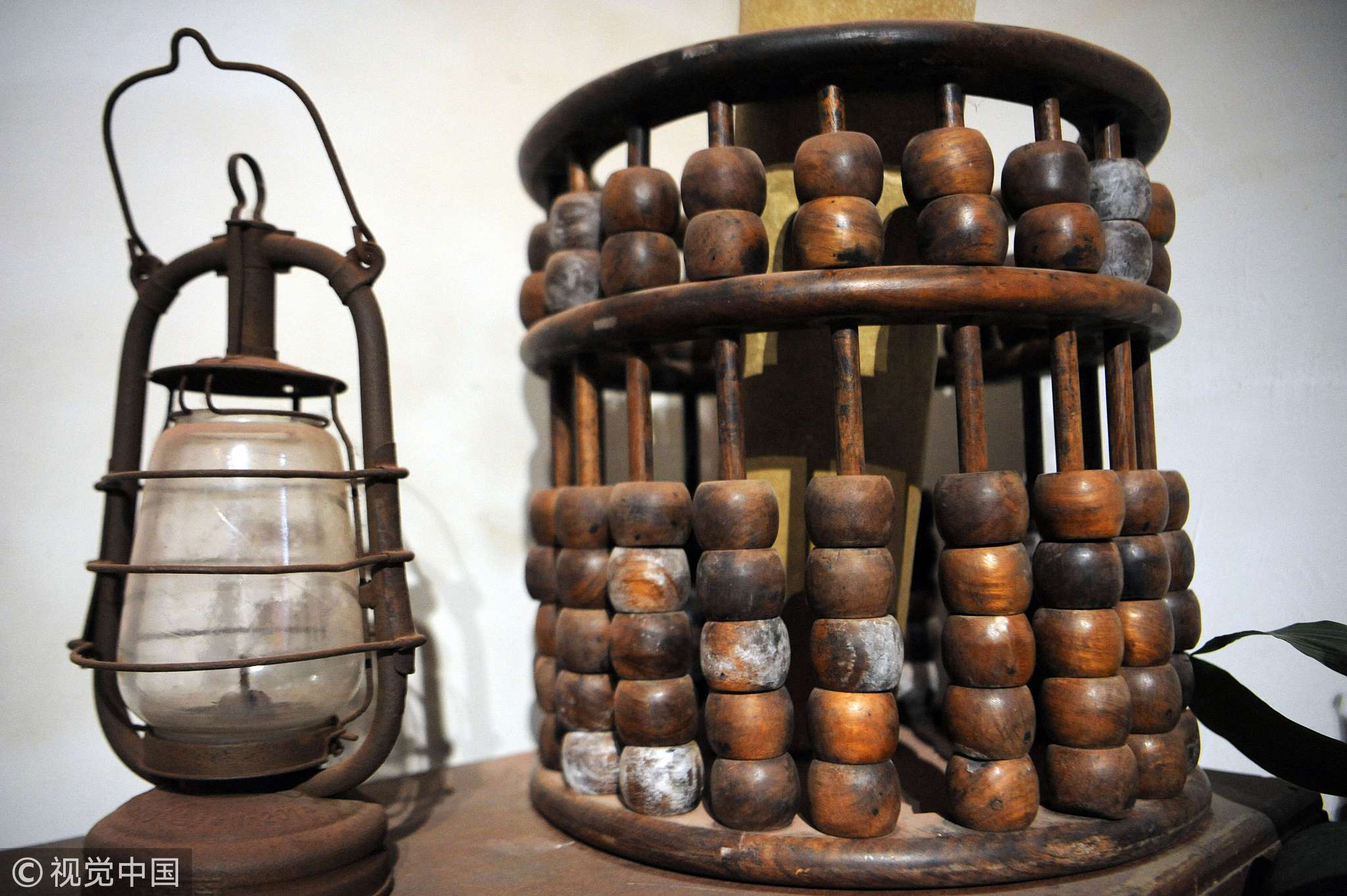

Similarly, the fourth column representing the number 7, is counted with 1 bead from the top-deck (value 5) and 2 beads from the bottom-deck ( each with a value of 1, totaling 2) the sum of the column ( 5+2) is 7. Referring to the Figure/Applet above, the third column (from the left), representing the number 8, is counted with 1 bead from the top-deck (value 5) and 3 beads from the bottom-deck ( each with a value of 1, totaling 3) the sum of the column ( 5+3) is 8. If your browser is Java-capable then the applet, above, will identify the parts of the abacus in your browser's status-area as you move your mouse-pointer over it the beads will move when you click on them and the value of each column will be displayed on the top frame. Abacus Applet: Numeric representation of the number: 87,654,321. Floating point calculations are performed by designating a space between 2 columns as the decimal-point and all the rows to the right of that space represent fractional portions while all the rows to the left represent whole number digits.

The right-most column is the ones column the next adjacent to the left is the tens column the next adjacent to the left is the hundreds column, and so on. CountingĪfter 5 beads are counted in the lower deck, the result is "carried" to the upper deck after both beads in the upper deck are counted, the result (10) is then carried to the left-most adjacent column. PREPARING THE ABACUS: The abacus is prepared for use ("zeroed") by placing it flat on a table and pushing all the beads on both the upper and lower decks away from the beam by sliding the thumb along the beam.īEAD VALUES: Each bead in the upper deck has a value of 5 each bead in the lower deck has a value of 1.īeads are considered counted, when moved towards the Beam- the piece of the abacus frame that separates the two decks.


 0 kommentar(er)
0 kommentar(er)
